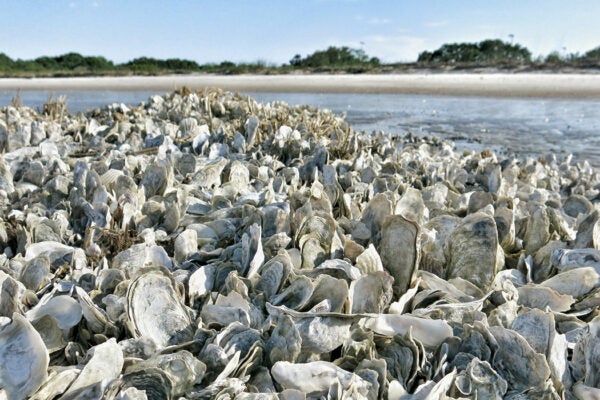New research confirms that the next mass extinction is in progress, and we’re the cause. There’s been little doubt that humans have been severely altering the planet and reducing biodiversity, but it has been unclear how many species go extinct under normal circumstances, without human influence.
This new research clarifies the rate of “background extinction” (the rate of extinction during the point before humans became a primary contributor to extinction).
Other research confirms that human activity is driving species extinct at a rate far higher than the background rate. Assuming that nothing is done, will humans come out the other side?
A look at previous events suggests cause for concern. Geologists recognize five previous periods of mass-depleted diversity—the end of the Ordovician, Devonian, Permian, Triassic, and Cretaceous periods, meaning that we’re now in the 6th. Outcomes and time frames vary, but certain events, such as the end of the Permian event, were of extreme magnitude (as much as 2/3 of all species on Earth were lost).
The causes of these events differ, but geologic events such as volcanism or the movement of continents that alter the climate (either warmer or cooler) are frequent contributors. The common thread is that every event dramatically reduced species diversity, particularly in shallow tropical water but terrestrial areas were affected as well. It’s counter-intuitive, but some of the largest increases in biodiversity occurred in the immediate aftermath of these mass extinctions. With so many losses, the opportunities increased for new species to branch out and adapt to different habitats and ecological roles.
Weekly Digest
A 1989 paper by D. Jablonski raised the possibility that certain groups of species diversify (radiate) after a mass extinction because they possess particular characteristics that are useful for surviving the event itself and the immediate aftermath, not because of any longstanding evolutionary success. This hypothesis is certainly plausible. Trilobites, for example, were so well adapted that they survived for nearly 300 million years before perishing in the end-Permian event. They were replaced by increased diversity of fishes as well as marine reptiles.
If Jablonski is correct that successful species are not the always most likely to survive, then humans might have some cause for alarm. Our tenure on Earth is short, but we are definitely a successful species; so successful that we are now regrettably driving everything else extinct. If radiation following an extinction event is tied to the event itself, then species that are resistant to human actions should be the big winners this time around. We should look forward to thousands of new species of cockroaches and pigeons, but we might not be there to see them.







